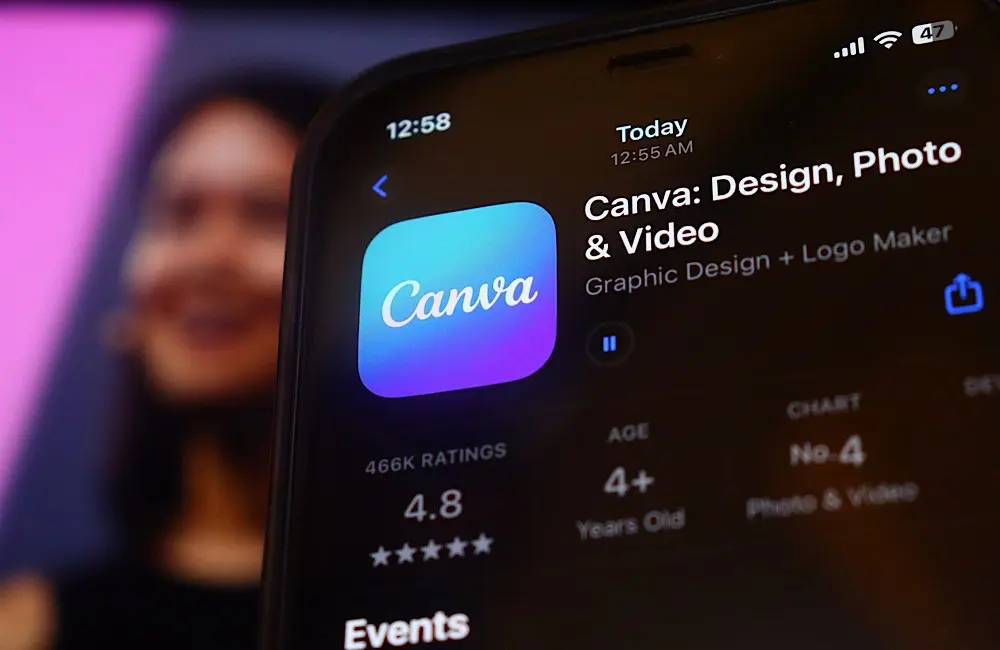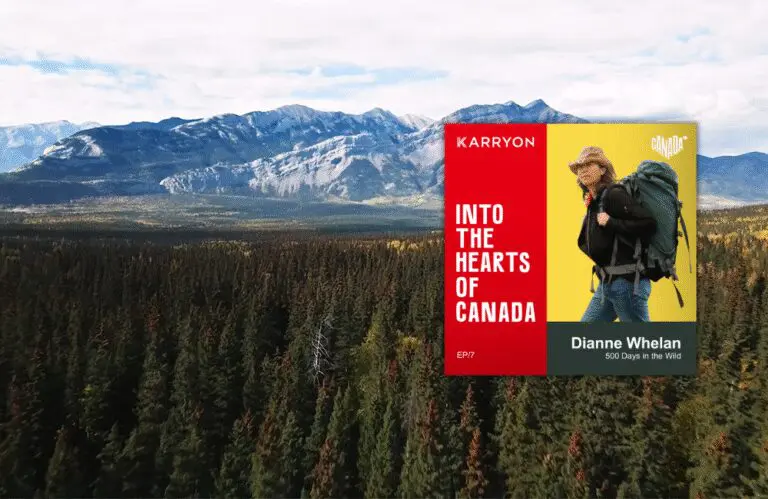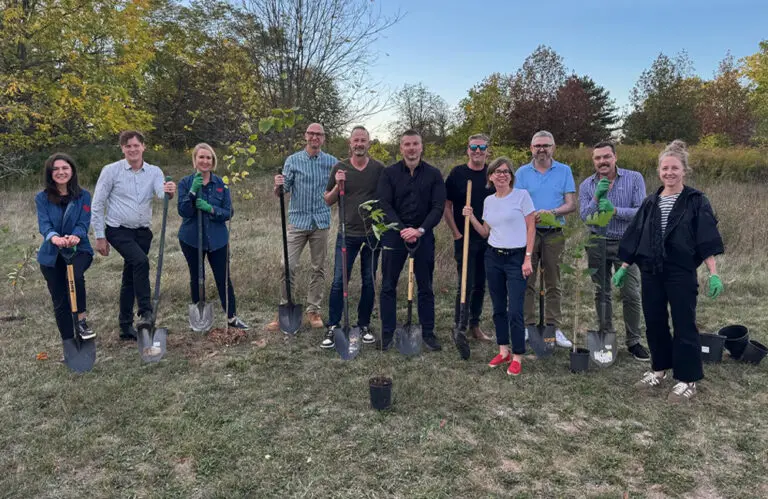Travel agents don’t take orders at a drive-through window. They build trust, read between the lines, and translate a vague dream into something tangible and bookable. But to do that, they need to know exactly what their client wants. AI can sharpen the client conversation, speeding up the process and helping shape a clear, detailed brief from the start. It can capture preferences, anticipate concerns, and start building trust from the very first interaction.
Because when the discovery phase runs better, everything else does too. Here’s how AI can help you win the client conversation from the start.
Smarter prep before the call
AI tools can collect key details before you even pick up the phone. Using a chatbot or AI-powered form, you can:
- Pre-qualify leads by gathering budget, travel dates, interests
- Send a short quiz that builds a client profile
- Ask about past trips, pain points, or wishlist destinations
If you’re new to AI, start simple. Think of a chatbot or form as a digital assistant that asks your client a few questions before you speak to them, things like where they want to go, when, and how much they want to spend.
Free tools like Google Forms or Jotform are easy to set up. Add AI plugins and they can start making suggestions or sorting the answers for you.
Platforms like Tars or Typeform with AI integrations can go further, helping you organise the info before the first call so you’re ready with ideas, not guesswork.
If you’re only really comfortable with ChatGPT, you can try building a custom GPT.
How to create your own travel agent assistant GPT:
- Go to https://chat.openai.com/gpts and click Create a GPT.
- Choose a name (e.g. “Client Intake Assistant”) and write a brief description of what it should do.
- In the instructions, tell it clearly what you want: e.g. “Ask clients about upcoming travel plans, budget, destination preferences, and any special requirements. Format the responses clearly for my CRM.”
- Choose whether it should search the web, generate images, etc. Most agents will only need basic functionality.
- Share the link with clients or embed it into your enquiry form or site.
You now have your own mini-assistant, asking clients the same questions you would, but instantly, and at scale.
Turn chats into insight
Once you’re in the conversation, transcription tools like Otter.ai, Fireflies.ai, or Scribbl capture every word and turn it into searchable notes. No need to scramble to jot things down.
Some platforms offer voice tagging, letting you flag preferences, hesitations, or potential upsell cues in real time.
Tools like Fathom or Avoma (for Zoom or Google Meet) can highlight key moments, track questions, and generate summaries for follow-up emails or CRM notes.
Some AI tools can even detect tone or sentiment in written communications. If a client sounds hesitant, worried, or excited, you’ll know early and can adjust.
Grammarly’s tone checker helps you read between the lines. Then, ChatGPT can rewrite drafts in a tone that fits the moment, from reassuring to enthusiastic.
These micro-adjustments build trust, especially with high-spend or high-stress clients.
Personalise the experience
Use ChatGPT or similar tools to quickly generate tailored thank-you emails or recap notes after a client meeting. Based on their preferences, AI can suggest travel styles or packages that suit their interests and reword product information in a tone that feels familiar and relevant. You can even feed in messy call notes, and AI will help organise them into a clean, structured client profile.
When working with returning clients, AI can scan past itineraries to identify patterns in destination choices, preferred travel styles, and booking timelines. Based on this, it can suggest future trips or promotions that are more likely to resonate. It can also draft loyalty emails or celebration messages for anniversaries, birthdays, or travel milestones, making your client feel recognised and valued.
Want to streamline this further? Build a custom GPT tailored to returning clients:
- Go to https://chat.openai.com/gpts and click Create a GPT.
- Name it something like “Returning Client Assistant.”
- In the instructions, write: “Review past trip history and suggest future destinations or loyalty messaging. Draft recap emails based on past notes.”
- Save it and reuse it every time you want to re-engage past clients with speed and relevance.
If you’re working inside a CRM like HubSpot, some paid tiers offer AI modules (sometimes marketed as “conversational bots” or “AI assistants”) that you can configure with your prompts and messaging guidance.
Your on call graphic designer
Want to pitch a travel concept visually? Show, don’t tell. Imagery can instantly stir emotion and help clients picture the experience before they’ve booked a thing. Instead of sending a plain quote, use tools like Canva to create sleek, polished visual pitch decks using some of the many on hand templates or make your own. Drop in itinerary highlights, destination images, and even client names to tailor the pitch. It’s fast, professional, and far more persuasive than plain text.

Real-time feedback and clarity checks
ChatGPT helps reflect back a client’s brief in clear language. For example:
“Here’s what I understand—you’re looking for a 10-day cultural holiday in Italy with some downtime, a moderate pace, and no big hotel chains.”
You can draft this live during or right after the call, keeping momentum and clarity high.
Where AI stops and human instinct starts
A big reason people choose travel agents is because they’re not a soulless chatbot. People are shelling out big bucks and want to give those bucks to a real human they can trust, one who listens and understands nuance.
What AI can do is support you, but only if you guide it well. Sloppy prompts lead to sloppy results. It’s crucial to refine and personalise every query so it reflects your voice and values. Never copy-paste AI responses without a gut check.
Use AI to enhance your empathy, not replace it. Think of it as a smart assistant you need to train, one that speaks in your tone, prioritises what you care about, and respects your client’s uniqueness.
The best agents don’t sound like bots. They use bots to sound more like themselves, faster, sharper, and more attuned to what their clients really need.
AI MASTERCLASS: The ultimate guide to using AI in your travel business
KARRYON UNPACKS: Great consultation is about listening. AI helps you listen better. By collecting insights before the call, transcribing during, and helping you respond after, it lets you be more present and more prepared.






